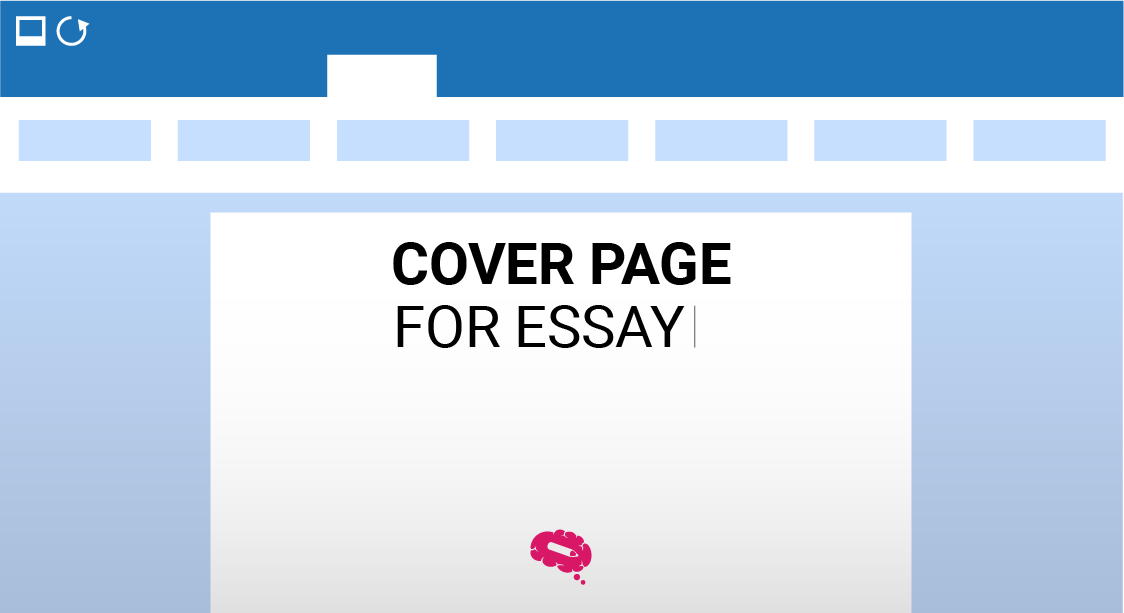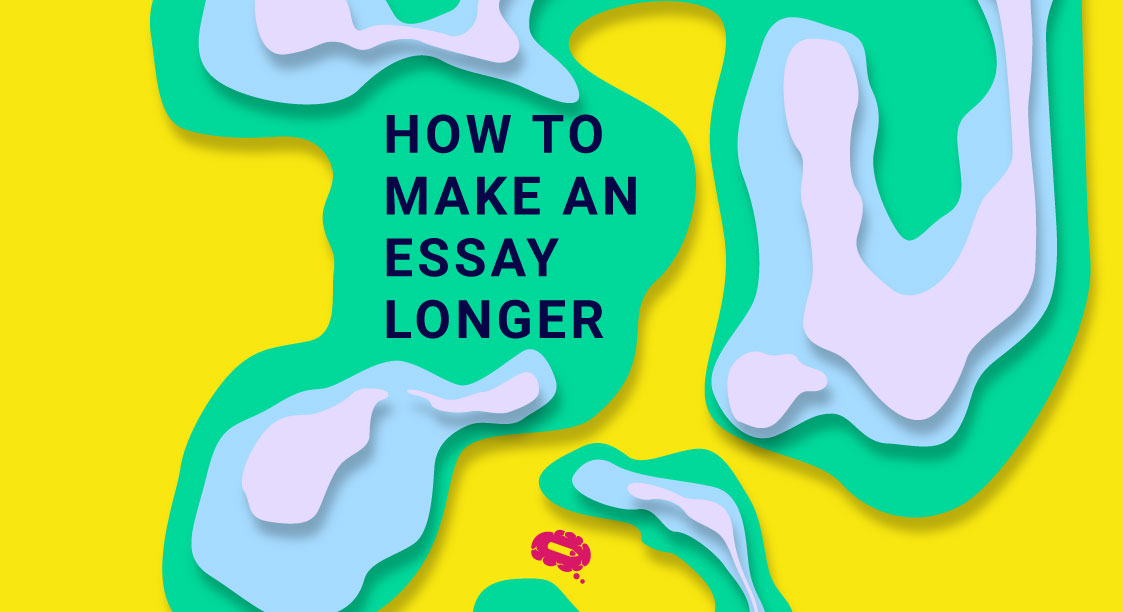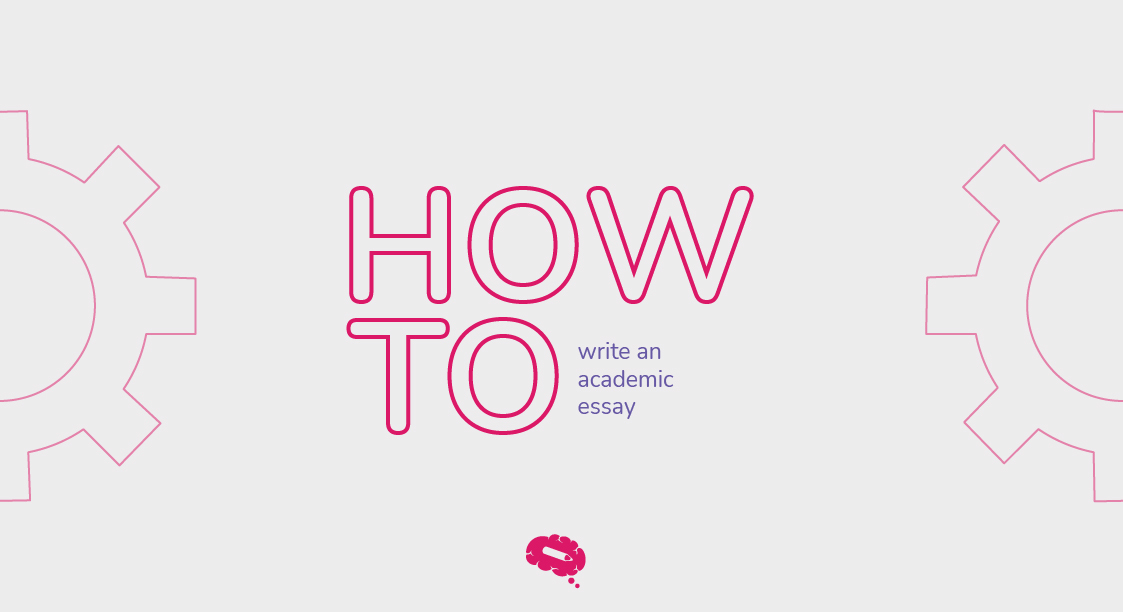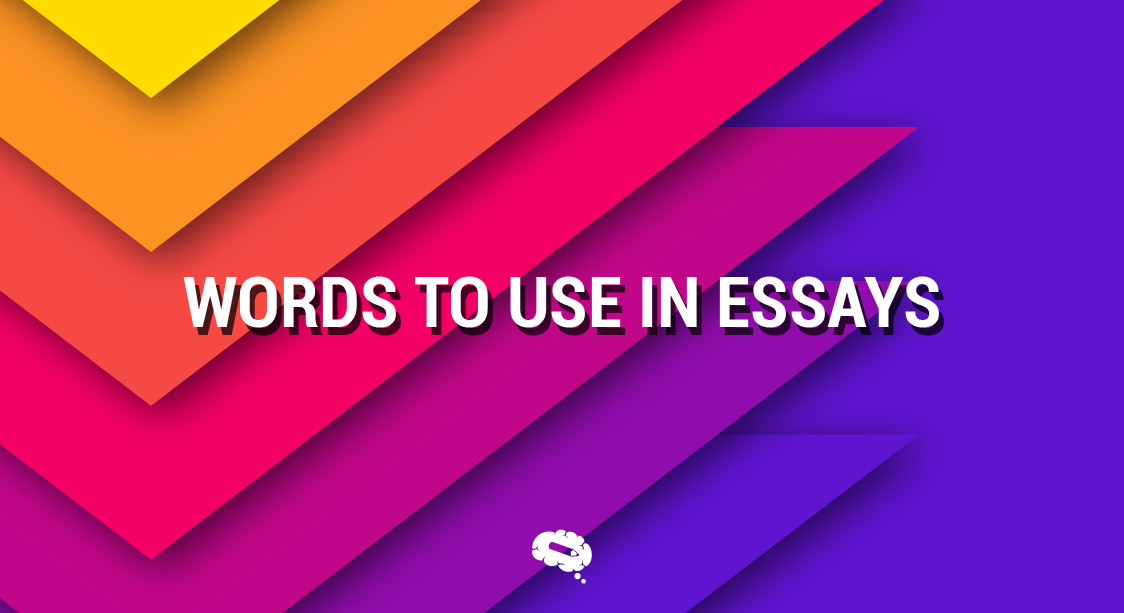Writing a cover page for your essay is a crucial task yet a hard one as well. You need to follow a set of procedures to write the perfect cover. That is what we are going to see in this article, a detailed guide to writing a cover page for essay.
Cover Page for Essay Outline
Title of the Essay
The first thing to do when you’re writing an essay or a cover page for your essay is to decide upon a title. The title of your essay is crucial because it gives the reader an immediate idea of what to expect. It should be clear, concise, and informative. Here’s how to craft a good title for your essay:
Be Specific: Make sure your title accurately reflects the main topic or argument of your essay. Avoid vague or broad titles. For example, instead of “Climate Change,” use “The Impact of Climate Change on Coastal Ecosystems.”
Use Keywords: Incorporate important keywords related to your essay’s content. This helps in making your title more searchable and relevant. For example, if your essay is about the effects of social media on teenagers, you might title it “Social Media’s Influence on Teen Mental Health.”
Be Engaging: Try to make your title interesting to draw in your readers. A catchy title can spark curiosity. For example, “From Tweets to Anxiety: How Social Media Affects Teenagers.”
Keep it Short: Aim for a title that is not too long. A concise title is easier to read and remember. Ideally, keep it under 12 words.
Example Titles:
“The Benefits of Renewable Energy Sources”
“Exploring the Cultural Significance of Traditional Music”
“The Role of Technology in Modern Education”
By following these tips, you can create a compelling and informative title for your essay that grabs attention and sets the stage for your content.
Author Information
Including author information on your essay cover page is essential for identifying your work and providing context for the reader. Here’s a simple guide on what to include and how to format it:
Name: Start with your full name. This identifies you as the author of the essay. Place your name below the title of the essay, centered on the page. For example: Jane Doe
Course: Next, include the course name and number. This specifies for which class the essay is written and helps instructors keep track of submissions. Place this information below your name. For example: Biology 101
Institution: Include the name of your school or university. This provides additional context and helps if the essay is shared beyond your immediate class. Place this below the course information. For example: University of California, Berkeley
Date of submission: Finally, add the date of submission. This is important for record-keeping and helps both you and your instructor track when the work was completed. Place the date below the institution’s name. Use the format that is common in your region. For example: July 24, 2024, or 24 July 2024
Here’s how your author information should look on the cover page:
Jane Doe
Biology 101
University of California, Berkeley
July 24, 2024
Instructor Information
Including instructor information on your essay cover page is important for clarity and organization. It ensures that your work is correctly attributed and directed to the right person. Here’s how to include this information:
Name: Start by writing the full name of your instructor. This helps identify to whom the essay is being submitted. Place this below your own name on the cover page, centered on the page. For example: Professor John Smith
Position: Next, include the instructor’s position or title. This could be something like “Professor,” “Dr.,” or “Lecturer.” This information shows respect and provides more context about your instructor’s role. For example: Professor of Biology
Department: Finally, mention the department your instructor belongs to. This further clarifies the specific area of study and helps in categorizing the essay within the institution. Place this below the instructor’s position. For example: Department of Biological Sciences
Here’s how the instructor information should look on the cover page:
Professor John Smith
Professor of Biology
Department of Biological Sciences
Tips for Formatting
Center Align: Align all the instructor information to the center of the page, just like your own author information, to maintain a neat and professional appearance.
Font and Size: Use the same font and size as the rest of your cover page, typically Times New Roman or Arial, 12-point size.
Spacing: Ensure there is adequate space between each line to keep the information clear and easy to read.
Consistency: Keep the formatting consistent with the rest of your cover page for a polished look.
By following these guidelines, you can ensure that the instructor information on your cover page is clear, professional, and respectful. This will help your essay be properly attributed and appreciated.
Also read: How To Make An Essay Longer: Effective Expansion Techniques
Abstract
The abstract is a brief summary of your essay that provides an overview of your topic, main argument, and key points. It helps readers quickly understand the essence of your work. Here’s how to write an effective abstract:
Purpose
Start by clearly stating the purpose of your essay. This should explain what your essay is about and why it is important. For example: “This essay explores the impact of climate change on coastal ecosystems, highlighting the urgent need for conservation efforts.”
Main Argument
Next, summarize your main argument or thesis statement. This is the central idea that you will be supporting throughout your essay. For example: “The essay argues that rising sea levels and increasing temperatures are causing significant damage to coastal habitats, which threatens biodiversity and human communities.”
Key Points
Briefly outline the key points that support your main argument. These are the main sections or findings of your essay that you want the reader to know about.
For example:
- Rising Sea Levels: Discusses how higher sea levels lead to the erosion of coastlines and the loss of habitats for species such as turtles and shorebirds.
- Temperature Changes: Explains how warmer temperatures affect marine life, including coral bleaching and the migration patterns of fish.
- Human Impact: Examines how human activities, such as coastal development and pollution, exacerbate the effects of climate change on these ecosystems.
- Conservation Efforts: Highlights successful conservation strategies and suggests actions that can mitigate the impact of climate change.
Example Abstract:
“This essay explores the impact of climate change on coastal ecosystems, highlighting the urgent need for conservation efforts. It argues that rising sea levels and increasing temperatures are causing significant damage to coastal habitats, which threatens biodiversity and human communities. Key points include the effects of rising sea levels on erosion and habitat loss, temperature changes on marine life, human impacts, and effective conservation strategies.”
Tips for Writing
Keep it Concise: Aim for about 150-200 words. Be clear and to the point.
Engage the Reader: Use interesting and impactful language to draw in your audience.
Avoid Details: Focus on the main points without going into too much detail.
By following these guidelines, you can write a concise and engaging abstract that effectively summarizes your essay.
Related article: Words To Use In Essays: Amplifying Your Academic Writing
Keywords
Keywords are crucial in capturing the essence of your essay topic and making it easier for others to find your work through searches. They summarize the main themes and concepts of your essay in just a few words. Here’s how to select and list effective keywords for your essay:
Purpose of Keywords
Keywords help categorize your essay and make it searchable in databases and on the internet. They should be specific to your topic and reflect the core ideas discussed in your essay.
Choosing Keywords
- Relevance: Choose words that are directly related to the main topics of your essay. Think about what terms someone might use to search for your work.
- Specificity: Be as specific as possible. Broad keywords can be less effective because they may bring up a wide range of unrelated results.
- Key Concepts: Identify the key concepts and terms that are central to your essay. These should reflect the main arguments and points you discuss.
Example Keywords for an Essay on Climate Change and Coastal Ecosystems:
Climate Change
Coastal Ecosystems
Sea Level Rise
Biodiversity Loss
Marine Life
Coral Bleaching
Conservation Efforts
Human Impact
Temperature Increase
Environmental Policy
How to List Keywords
- Place the keywords at the end of your abstract or on a separate line following your abstract.
- Format them in a way that they are easy to read and identify.
For example:
Keywords: Climate Change, Coastal Ecosystems, Sea Level Rise, Biodiversity Loss, Marine Life, Coral Bleaching, Conservation Efforts, Human Impact, Temperature Increase, Environmental Policy
Tips for Using Keywords
Limit the Number: Use between 5 to 10 keywords. Too many can be overwhelming and less effective.
Use Variations: Include variations of terms (e.g., “Climate Change” and “Temperature Increase”).
Review Your Essay: Ensure the keywords accurately reflect the content of your essay.
By selecting and listing effective keywords, you can enhance the visibility of your essay and make it easier for others to find and understand your work.
Also Read: The Ultimate Guide: How to Write an Academic Essay
In conclusion, by creating an effective essay cover page you ensure your work is presented professionally and clearly. Start with a compelling title that accurately reflects your topic. Include your name, course details, institution, and submission date.
Add your instructor’s information to direct your work appropriately. Write a concise abstract summarizing your essay, and list relevant keywords to enhance searchability. By following these steps, your essay will be well-organized and accessible.
Online Scientific Design Tool For Your Classes, Speeches, Papers, And Much More
Mind the Graph is a versatile scientific design tool perfect for creating visuals for your classes, speeches, papers, and more, helping you convey your ideas with clarity and impact. Sign up now to streamline your scientific illustrations and create perfect infographics in no time.

Subscribe to our newsletter
Exclusive high quality content about effective visual
communication in science.





